
5 minute read
Gerry Cody
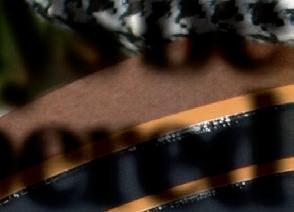
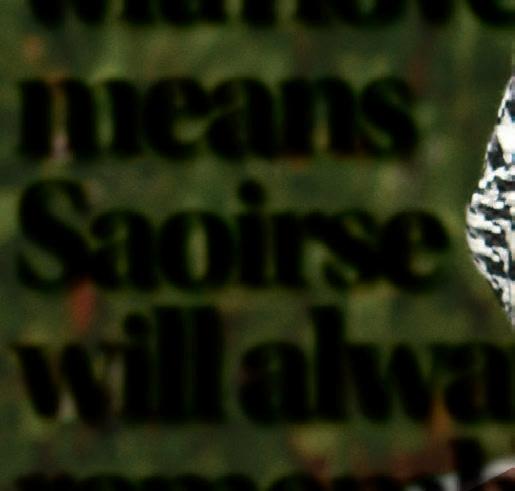
Advertisement
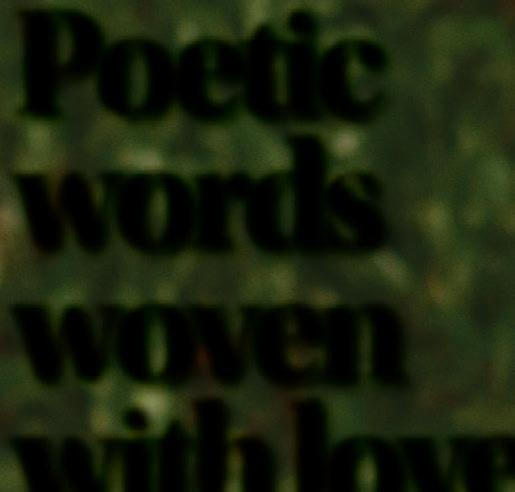

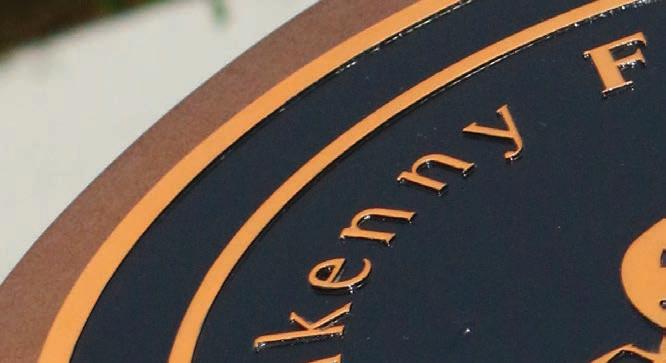
Famine stone at MacDonagh Junction
Poetic words woven with love means Saoirse will always be remembered
Photos By Pat Shortall
Kathleen Phelan : “I Imagined protecting her, placing my arms around her and assuring her that everything would be ok.”

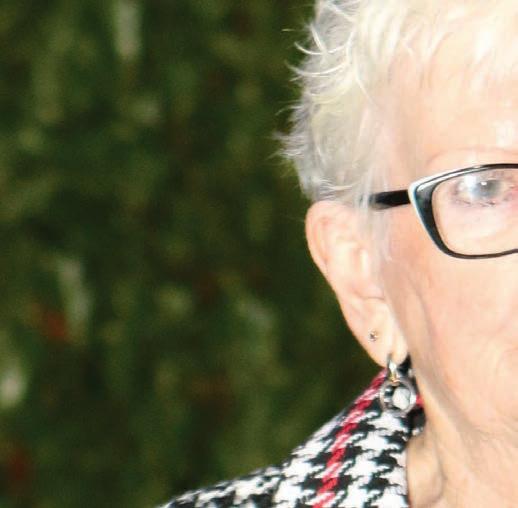
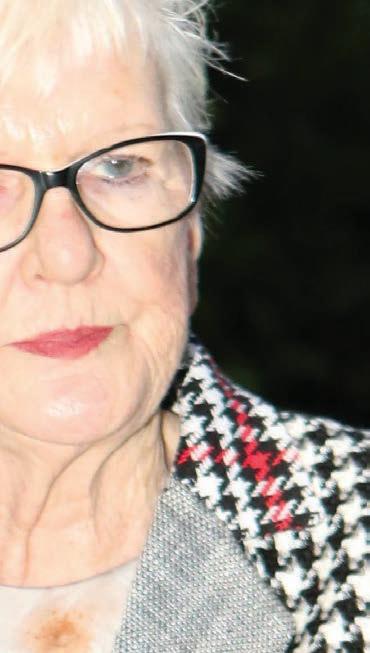
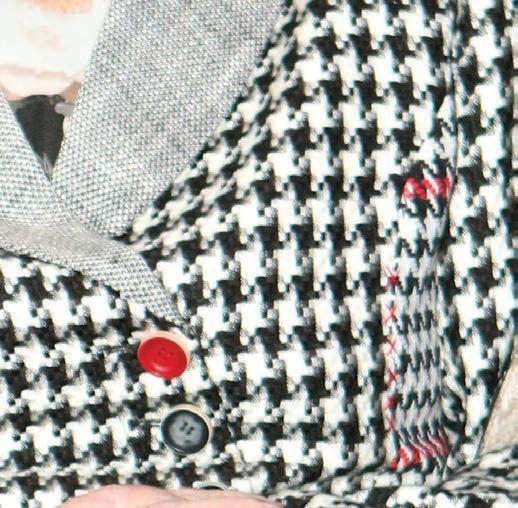
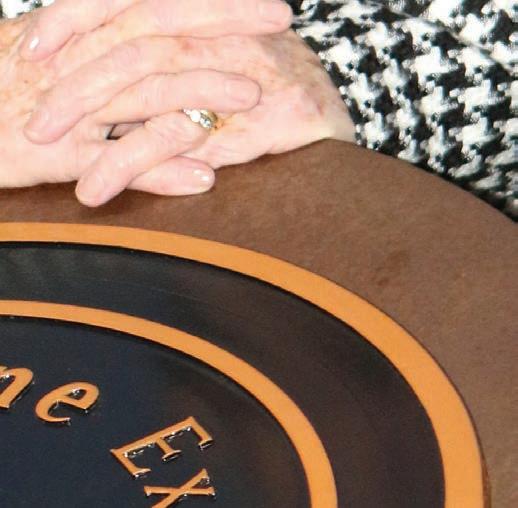

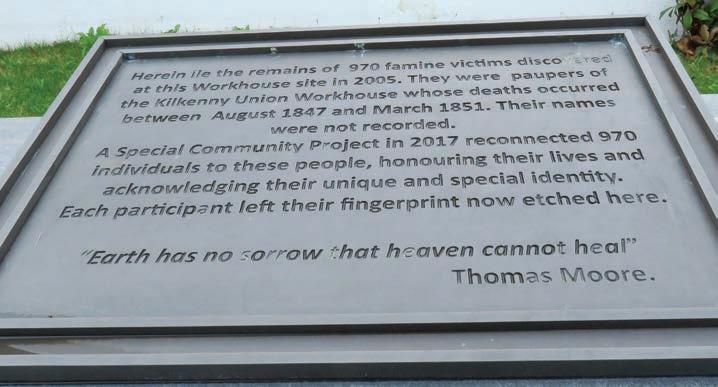

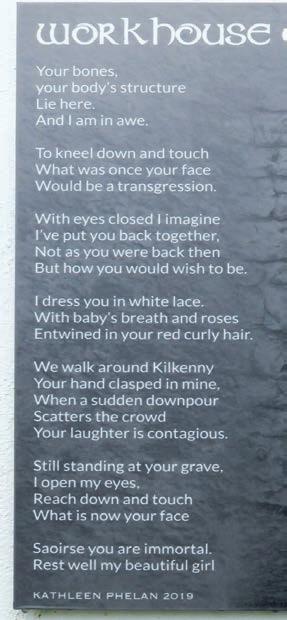


Workhouse Child… .a poem by Kathleen Phelan. Artwork enhanced by artist John Walsh Marion Acreman : “These people were buried in co ins on the site”
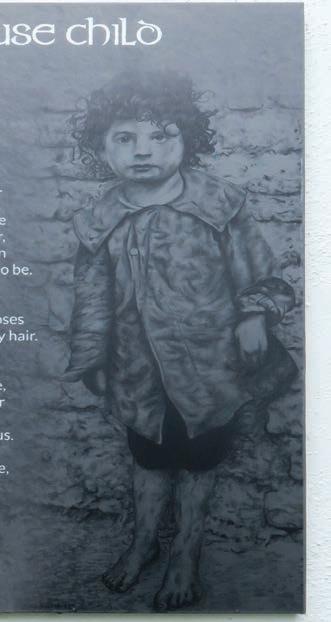
Local Councillor Eugene McGuinness “This is a wonderful achievement and is a great community in action story”
Rebecca Woodlock and Poppy the dog attending the unveiling of ‘The Workhouse Child’ plaque at MacDonagh Junction
As unveilings go, this was special.
It was low key, with just family and friends.
And yet, it was as powerful and emotional as they come.
Kathleen and Donny Phelan, along with family and friends gathered at the entrance to MacDonagh shopping centre to remember the dead. In a way, the guest of honour was Saoirse.
An inmate at the onetime Kilkenny workhouse, Saoirse, forgotten for so long, was remembered with all those who were interred at the burial site. e event was thanks to Kilkenny woman Kathleen Phelan, whose poem ‘Workhouse Child’ will allow people to remember all those who are buried at the crypt.
Speaking at the unveiling of the Plaque, Kathleen thanked family and friends for bringing her idea of having a poem placed at the site to fruition.
Kathleen admitted that although the process was long, the end result was worth it.
She paid special thanks to MacDonagh Centre manager Marion Acreman, who backed the project from the beginning.
She also thanked family and friends for their un inching support.
PASSION AND DESIRE THE KEY WORDS
It was a project that was taken on with determination and gusto by Marion Acreman and her team.
Marion speaks with a passion as she describes the work that went into creating a memory for those who were discovered at what was once a workhouse at the now much loved shopping centre.
One member of the community who went the extra mile was Kathleen Phelan. As part of the process to remember the dead, members of the community were linked with individuals who were residents of the workhouse.
CHILD C11
Kathleen was linked to child C11.
Kathleen explained that the child became part of her existence.
“I immediately became emotionally connected to child C11 who I imagined to be a little girl of about ve years of age. I even imagined protecting her, placing my arms around her and assuring her that everything would be ok,” said Kathleen.
Known to have written pieces of poetry in the past, it wasn’t long before Kathleen put pen to paper and penned a poem in the child’s memory which she named Saoirse.
It was, according to Kathleen, “the most emotional poem I have ever written”
Having completed the poem and following discussions with Marion Acreman at Mac Donagh Junction, the poem is now proudly displayed at the memorial crypt for all to see and ensuring that Saoirse and all who are buried will be remembered.
And the timing was apt, as it marked the anniversary of the launch of ‘ e Kilkenny Famine Experience’
CREATING A MEMORY IN THE COMMUNITY
Speaking to e Kilkenny Observer, Marion said that ‘ e Kilkenny Famine Experience Community Project’ was a year-long initiative by the Centre Management team at MacDonagh Junction to create a memory and a one to one connection between the community and the people who were unexpectedly discovered in a burial site at the Workhouse in 2005.

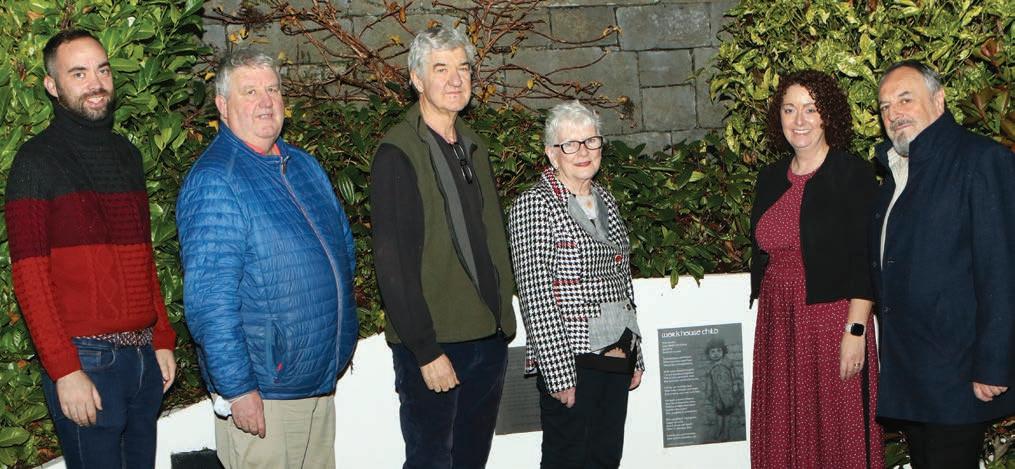
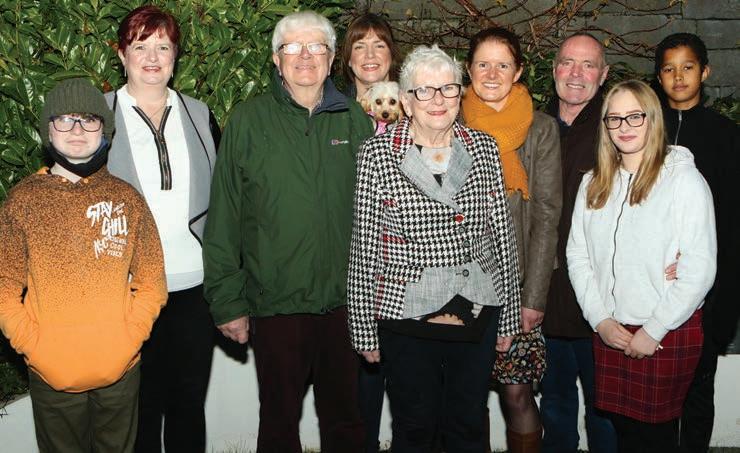
Pictured at the unveiling of the plaque at MacDonagh Junction: Rebecca Woodlock, Sinéad Phelan, Donny Phelan, Aoife Phelan, Poppy (the doggie) Kathleen Phelan, Deirdre O’Connor, Peter Dowling, Leona Wallace, and Esosa John
RESPONSIBILITY TO REMEMBER
“ ese people were buried in co ns on the site as no local graveyards could accommodate them at the time,” Ms Acreman said.
Marion explained that each of the famine victims are now re-interred under special license from the National Museum of Ireland at the Famine Memorial Garden and the participants in the project left their ngerprint etched in brass on the crypt and learned about the stature and physical marks on the bones of the individual through the dedicated research of Dr Jonny Geber, Osteoarchaeologist.
Marion went on to explain: “there was a responsibility on us to remember these local people, to bring their memory back into living history and to document the life of the people that lived in the Kilkenny Union Workhouse through the years of its existence. e privilege we had was to make this happen by way of group and individual learning sessions where we linked each of the 976 victims to a person from the community both in Ireland and globally.
People with connections to the site and none, wanted to be part of the collective group who would hold these people in their minds and send them prayer and positive healing.”
A GIRL NAMED SAOIRSE
Kathleen Phelan was one of the community who embraced the core ethos of the project in its truest form, she took on a young girl and named her Saoirse in order to personalise her memory. e poem now displayed at the memorial crypt at MacDonagh Junction is a beautiful addition to the entire Kilkenny Famine Experience which has seen over 8,000 visitor to date. e free self-led Audio visual tour tells of the elements of life in the Kilkenny Union Workhouse and has won local, national and international Awards. e story of Kilkenny’s Famine Experience is not single stranded, there are interwoven facts that explain elements of the Irish famine never previously known.
Unfortunately Saoirse was not a survivor but now, at least, she will never be forgotten again, thanks to Kathleen’s deep love and beautiful words.




